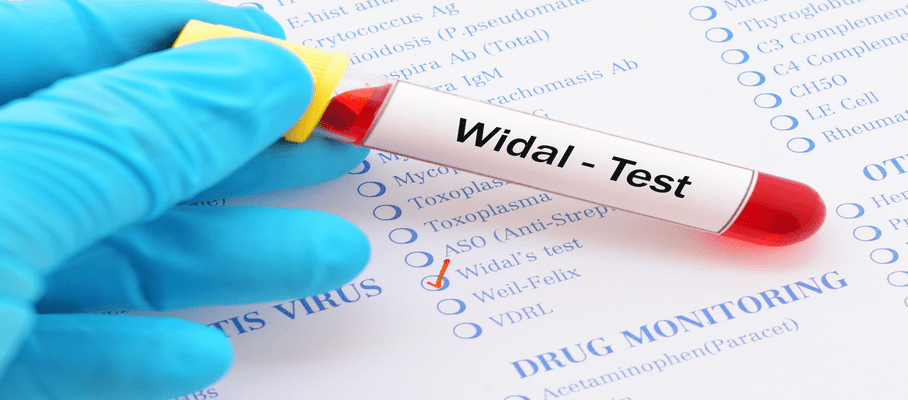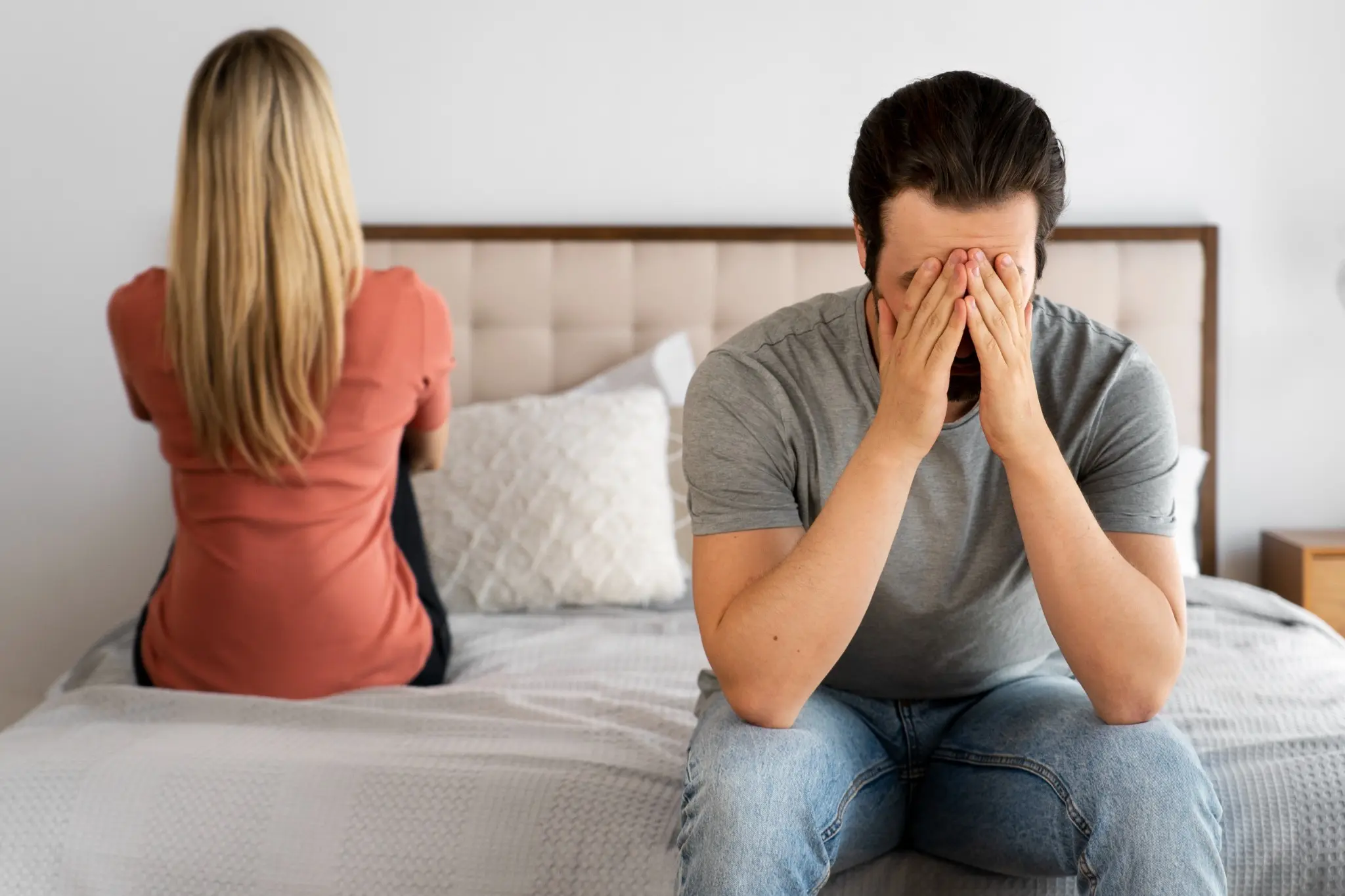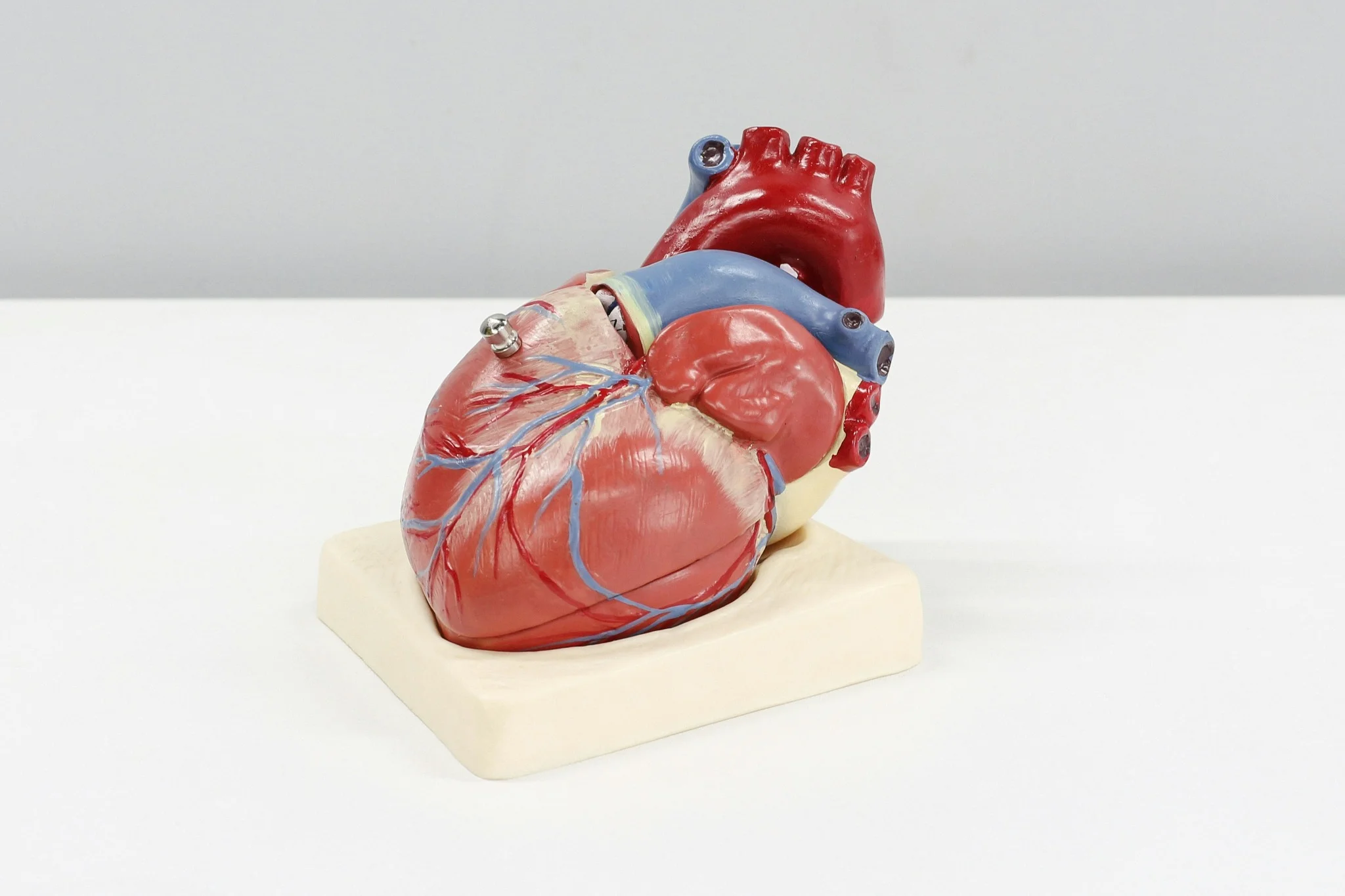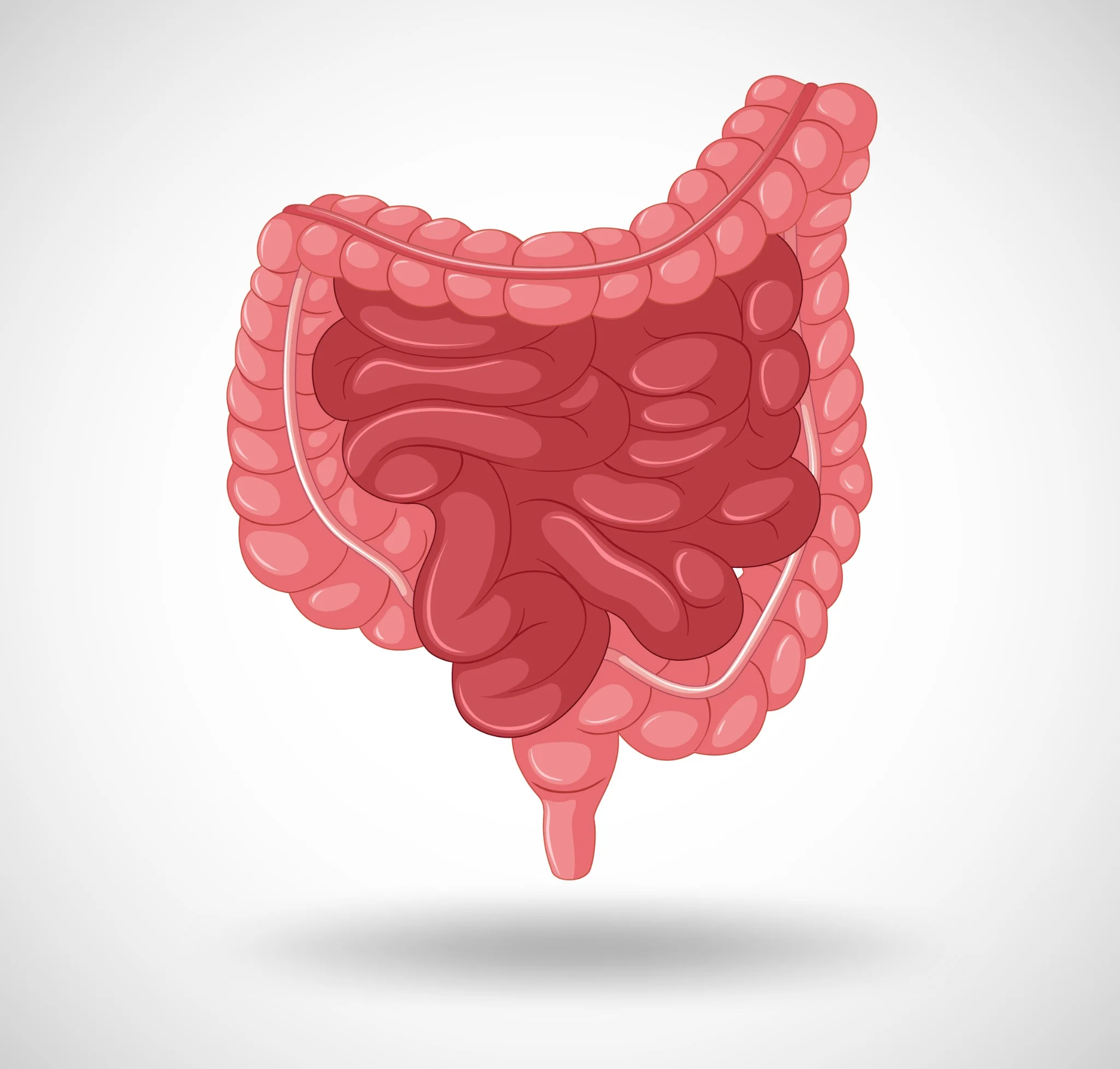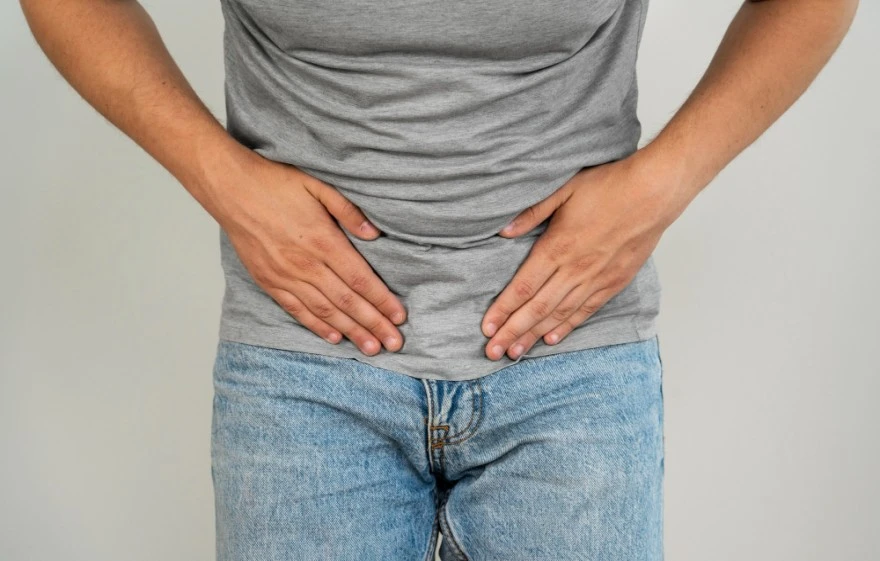Preventive Healthcare
Erythema Nodosum: Symptoms, Causes, and Treatment for Skin Inflammation
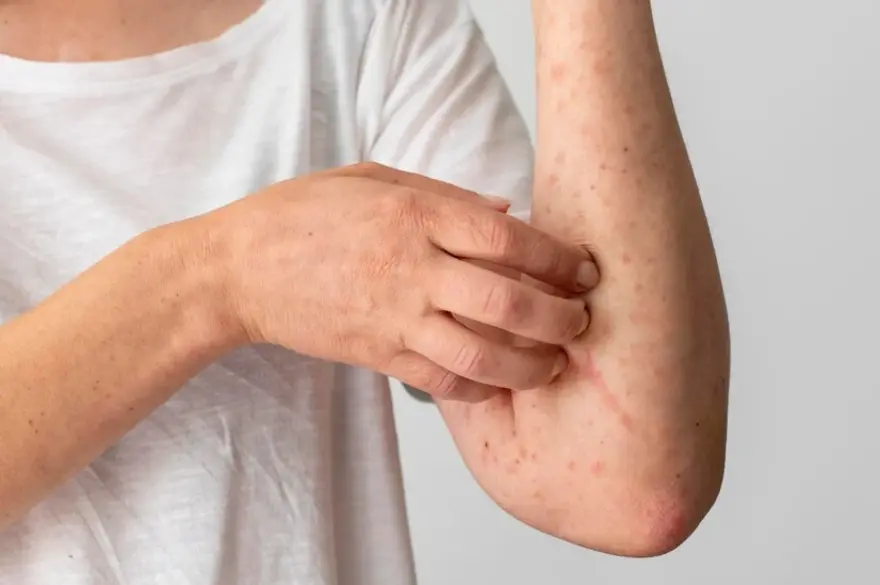
Table of Contents
- Who does erythema nodosum affect?
- How common is erythema nodosum?
- How does erythema nodosum affect our body?
- What are the symptoms of erythema nodosum?
- Where do symptoms of erythema nodosum affect our body?
- What causes erythema nodosum?
- How is erythema nodosum diagnosed?
- How is erythema nodosum treated?
- Which medications treat erythema nodosum?
- What foods should I avoid if I have erythema nodosum?
- How soon after treatment will we feel better?
- How can we prevent erythema nodosum?
- What is the outlook for erythema nodosum?
- Is erythema nodosum life-threatening?
- When should I see a doctor for erythema nodosum?
- Conclusion
Erythema nodosum is a type of panniculitis, which refers to inflammation of the fat layer under your skin. This condition causes distinctive, painful red or purple bumps to develop, usually on the shins. However, in some cases, these nodules can also appear on the arms or other areas of the body. It's important to understand that erythema nodosum is not a disease in itself but rather a sign of some other underlying issue, such as an infection, inflammatory disorder, or reaction to certain medications. Identifying and treating the root cause is a key aspect of managing this condition.
Who does erythema nodosum affect?
Studies show that erythema nodosum is more common in females than males, with women being six times more likely to develop this condition compared to men. However, among children, boys and girls are affected equally. While erythema nodosum can occur at any age, it most often affects young adults between the ages of 20-30 years old. It is more common in women, typically affecting young adults aged 20–30.
How common is erythema nodosum?
Erythema nodosum is a relatively rare condition, with an incidence rate of approximately 1–5 cases per 100,000 people.
How does erythema nodosum affect our body?
When you have erythema nodosum, the layer of fat under your skin becomes inflamed, leading to the formation of tender nodules. This inflammation process can be quite uncomfortable, often causing pain in the affected areas. Additionally, many people with erythema nodosum experience other systemic symptoms like fever, fatigue, and joint aches, which can leave you feeling unwell overall.
What are the symptoms of erythema nodosum?
The hallmark symptom of erythema nodosum is the appearance of red, tender bumps on the skin, most commonly on the shins. These nodules can be quite painful, especially when touched or pressed. Other accompanying symptoms may include:
-
Fever
-
Joint pain
-
Swollen, painful joints
-
Fatigue
-
General feeling of being unwell
Over time, you may notice the colour of the nodules changing from bright red to purple or brown shades as they start to heal.
Where do symptoms of erythema nodosum affect our body?
In most cases, the painful red or purple nodules characteristic of erythema nodosum develop on the shins. Less commonly, you may notice these bumps appearing on your arms or other parts of the body.
What causes erythema nodosum?
Erythema nodosum can be triggered by a variety of underlying issues, so let's take a closer look at some of the most common causes:
Infections
Several types of infections have been linked to the development of erythema nodosum, such as:
-
Streptococcal infections
-
Fungal diseases like coccidioidomycosis and histoplasmosis
-
Some atypical pneumonias, like psittacosis
Identifying and treating the specific infection is crucial for managing erythema nodosum in these cases.
Underlying conditions
Certain chronic health issues can also trigger erythema nodosum, particularly:
-
Inflammatory bowel diseases like ulcerative colitis and Crohn's disease
-
Sarcoidosis, an inflammatory disorder affecting multiple organs
-
Some types of cancer, such as lymphoma or pancreatic cancer
-
Pregnancy, likely due to hormonal changes
If you have a history of any of these conditions and develop symptoms of erythema nodosum, it's important to consult your doctor.
Side effects of a medication
In some cases, erythema nodosum can develop as a reaction to certain medications, most often:
-
Antibiotics containing sulfa or penicillin
-
Bromides and iodides
-
Oral contraceptives
If you suspect a drug reaction, inform your doctor immediately. They may advise discontinuing the medication or exploring alternative options.
How is erythema nodosum diagnosed?
To diagnose erythema nodosum, your doctor will likely:
- Examine your skin and review your symptoms
- Take a detailed medical history
- Order tests such as:
-
A skin biopsy of the nodule
-
Chest X-ray to check for sarcoidosis or tuberculosis
-
Blood tests to identify any underlying infection or inflammation
-
Tuberculin skin test
In many cases, a biopsy can provide confirmation of erythema nodosum, although identifying the exact underlying trigger may require additional tests and investigation.
How is erythema nodosum treated?
The treatment approach for erythema nodosum often depends on the specific underlying cause. Key aspects of treatment typically include:
- Stopping any suspected triggering medications
- Treating any underlying infections or health conditions
- Managing painful symptoms with:
-
Rest and leg elevation
-
Cool compresses applied to nodules
-
Over-the-counter pain relievers like ibuprofen or naproxen
-
Potent steroid creams or oral steroids in severe cases
In most cases, erythema nodosum resolves on its own within several weeks as the underlying trigger is treated. Following your doctor's recommended treatment plan is important for effective healing.
Which medications treat erythema nodosum?
Medications that may be used to treat erythema nodosum include:
-
NSAIDs like ibuprofen for pain relief
-
Antibiotics to target any underlying bacterial infection
-
Oral corticosteroids for severe symptoms, used cautiously to avoid worsening infections
What foods should I avoid if I have erythema nodosum?
Currently, there are no specific dietary restrictions recommended for people with erythema nodosum. However, it's always wise to follow a healthy, well-balanced diet to support your body's healing process.
How soon after treatment will we feel better?
While everyone's healing journey is unique, most people with erythema nodosum start to feel better within a few weeks to months after starting appropriate treatment. You may notice the pain and swelling improving quite quickly, but it can take several weeks or even months for the nodules to fully heal and disappear.
How can we prevent erythema nodosum?
Because erythema nodosum is usually a reaction to another underlying health issue or medication, prevention can be tricky. However, you may be able to lower your risk by:
-
Treat infections promptly.
-
Avoid trigger medications when possible.
-
Manage chronic health conditions carefully.
-
Schedule regular doctor check-ups.
-
Take proactive steps to support overall health.
What is the outlook for erythema nodosum?
For most people, the outlook for erythema nodosum is quite good. With proper treatment, the painful nodules usually heal completely within a few weeks to months without any long-term consequences. However, it's important to be aware that erythema nodosum can sometimes recur, either due to a repeat exposure to a trigger or as a result of the underlying health issue. As such, ongoing monitoring and management of any related health conditions is important for preventing future episodes. Rest assured, though, that erythema nodosum is generally very responsive to treatment, and you can get back to your normal activities after the nodules heal.
Is erythema nodosum life-threatening?
Erythema nodosum is usually not life-threatening, though painful. Rarely, it signals serious conditions like tuberculosis or cancer. Seeking a doctor’s diagnosis is essential to rule out underlying issues and ensure proper treatment, as self-diagnosis could miss serious concerns. Most cases are benign inflammatory reactions manageable with medical guidance.
When should I see a doctor for erythema nodosum?
It's important to see your doctor if you develop the characteristic red, tender bumps of erythema nodosum. While this condition is not an emergency, it does require medical attention to determine the underlying cause and start appropriate treatment. Additionally, see your doctor promptly if:
-
Nodules are very painful or swollen.
-
Fever or systemic symptoms present.
-
Medication may be causing the reaction.
-
Symptoms persist or recur.
-
Accurate diagnosis and treatment are crucial to ruling out serious issues.
Conclusion
Dealing with painful, red bumps on your skin from erythema nodosum can certainly be an alarming experience. If you're concerned that you or a loved one may have erythema nodosum, don't hesitate to visit your doctor for a thorough evaluation and personalised treatment plan. And if you need any diagnostic tests to get to the root of the issue, know that you can turn to Metropolis Healthcare. As one of India's leading chains of pathology labs, Metropolis offers a wide range of tests with a focus on accuracy, reliability, and convenience. Remember, your health is always worth prioritising, and compassionate care is available to help you get your skin back to a healthier state.





